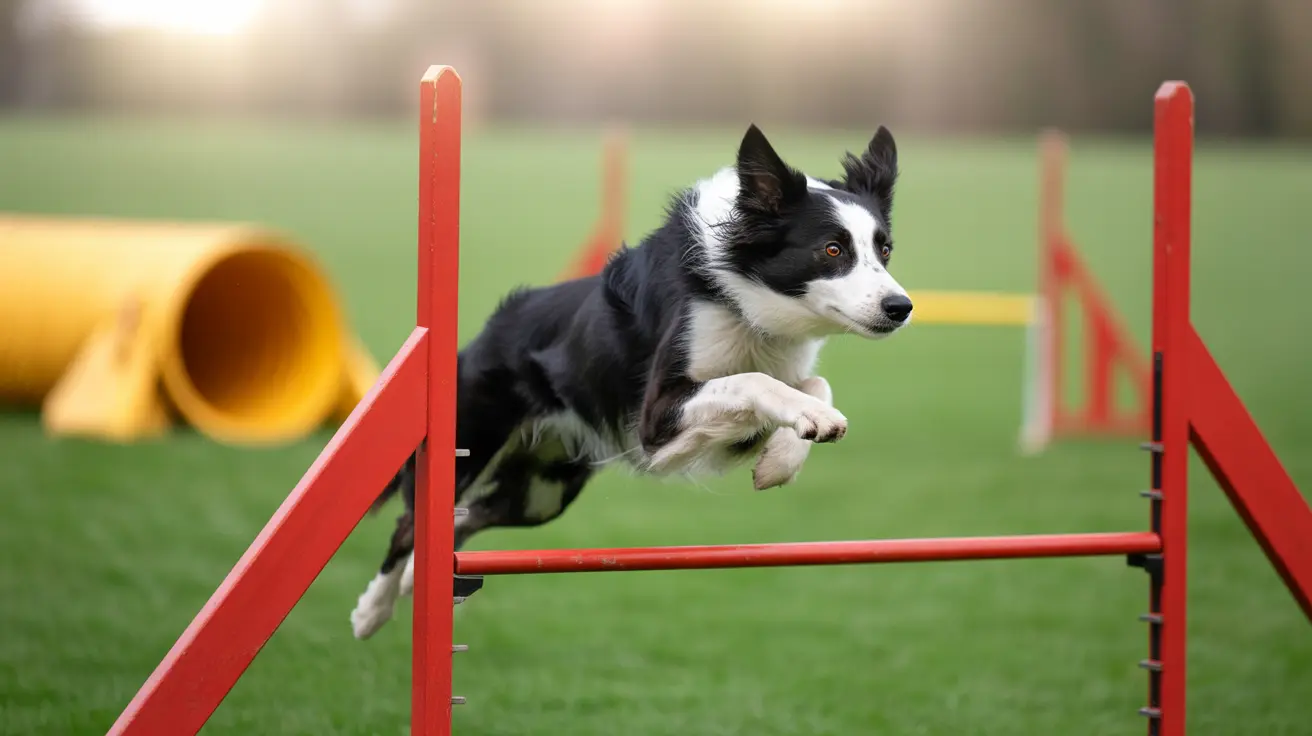Natural Treatment for Dog Wounds: Home Care Guide
Dogs are naturally curious and active, making them prone to a variety of wounds such as cuts, scrapes, punctures, burns, or post-surgery incisions. Understanding how to properly assess and treat minor injuries at home can make a significant difference in your pet’s overall health and comfort.
Understanding Wound Types
- Minor cuts and abrasions: Superficial injuries typically caused by play, sharp objects, or rough terrain.
- Deep lacerations: These break through multiple skin layers and often need sutures.
- Bite and puncture wounds: Even small punctures from bites can carry bacteria deep into tissue layers, risking infection.
- Burns: Result from contact with heat, chemicals, or friction.
- Hot spots: Moist, inflamed skin areas usually caused by itching or licking.
- Surgical wounds: Require careful monitoring to prevent reopening or infections.
When to Seek Veterinary Attention
Not all wounds can or should be treated at home. Contact your vet if the wound:
- Is large, deep, or won't stop bleeding despite pressure.
- Exposes muscle, bone, or has objects embedded.
- Is near sensitive regions like eyes, chest, or abdomen.
- Results from a car accident or trauma and causes other symptoms like difficulty breathing.
- Shows signs of infection like redness, swelling, pus, odor, or if your dog becomes lethargic or loses appetite.
Prepping Your Home First Aid Kit
A well-stocked pet first aid kit is crucial. Include:
- Muzzle (injured dogs might bite)
- Pet-safe antiseptic like 2% chlorhexidine or povidone-iodine
- Sterile gauze pads and non-stick dressings
- Self-adhesive elastic bandages
- Bandage scissors and tweezers
- Clean towels, gloves, and a spray bottle
- Electric clippers with water-based lubricant
- Antimicrobial ointment safe for dogs
- Recovery collar (Elizabethan collar) to prevent licking
Step-by-Step Natural Wound Treatment
- Secure Your Dog: Use a muzzle if needed. Safety first.
- Assess the Wound: Look for depth, bleeding, and foreign material.
- Stop Active Bleeding: Apply firm pressure with a clean cloth or gauze pad. If bleeding doesn’t stop in a few minutes, seek professional help.
- Remove Debris: If there are obvious, shallow foreign objects, gently remove them with clean tweezers.
- Trim Fur Around Wound: Using electric clippers helps visualize the wound and keep the area clean.
- Clean the Wound: Use lukewarm water or a saline solution (1 tsp salt in 500 mL water). Do not use hydrogen peroxide, alcohol, or harsh chemicals.
- Disinfect: Gently apply a diluted antiseptic like 2% chlorhexidine or povidone-iodine.
- Apply Natural Antimicrobial Ointment: Use dog-safe products, avoiding ingredients like hydrocortisone unless advised for hot spots.
- Bandage the Area: Cover with gauze and secure with an elastic bandage. Avoid wrapping too tight. Check circulation daily.
- Prevent Licking: Use a cone or protective clothing to avoid licking, which delays healing and introduces bacteria.
Monitor Recovery
Change the bandage daily or if it becomes wet/soiled. Watch for:
- Redness or swelling
- Bad odor
- Discharge or pus
- Significant pain or your dog showing signs of illness
Any of these signs may indicate infection, requiring prompt veterinary care.
Special Cases
- Facial, chest, or abdominal wounds: Usually require professional care, possible surgical closure or open wound management.
- Surgical wounds: Should remain dry; avoid bathing until approved by your vet. Follow post-op instructions strictly.
- Broken toenails: Use pressure or styptic powder to stop bleeding. Cover the area and seek vet advice for removal and pain control.
Prevention Tips
- Supervise your dog during play and outdoor time
- Keep clothes, leashes, and environment free from sharp hazards
- Brush their coat to detect injuries early
- Maintain current vaccinations, especially rabies
Conclusion: Most minor wounds in dogs can be treated naturally at home with proper steps and consistent monitoring. However, knowing when to escalate to professional veterinary care ensures the safety and well-being of your pet. Always prioritize your dog’s health by staying informed and prepared.





